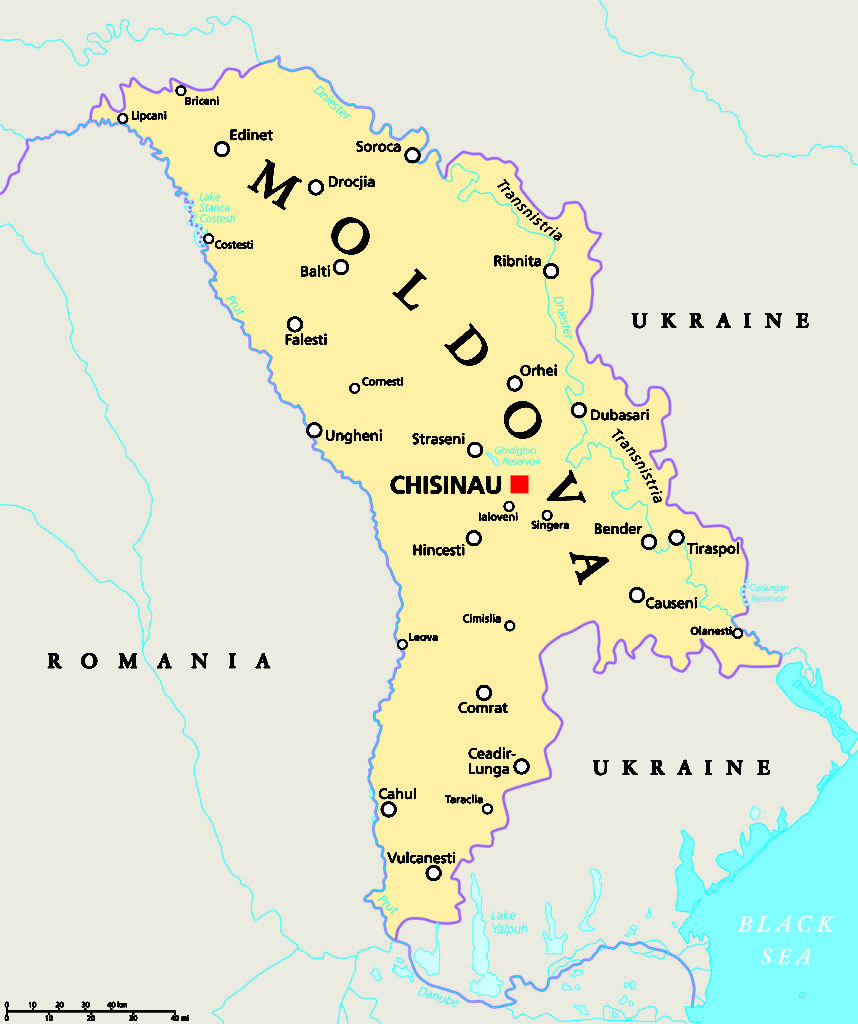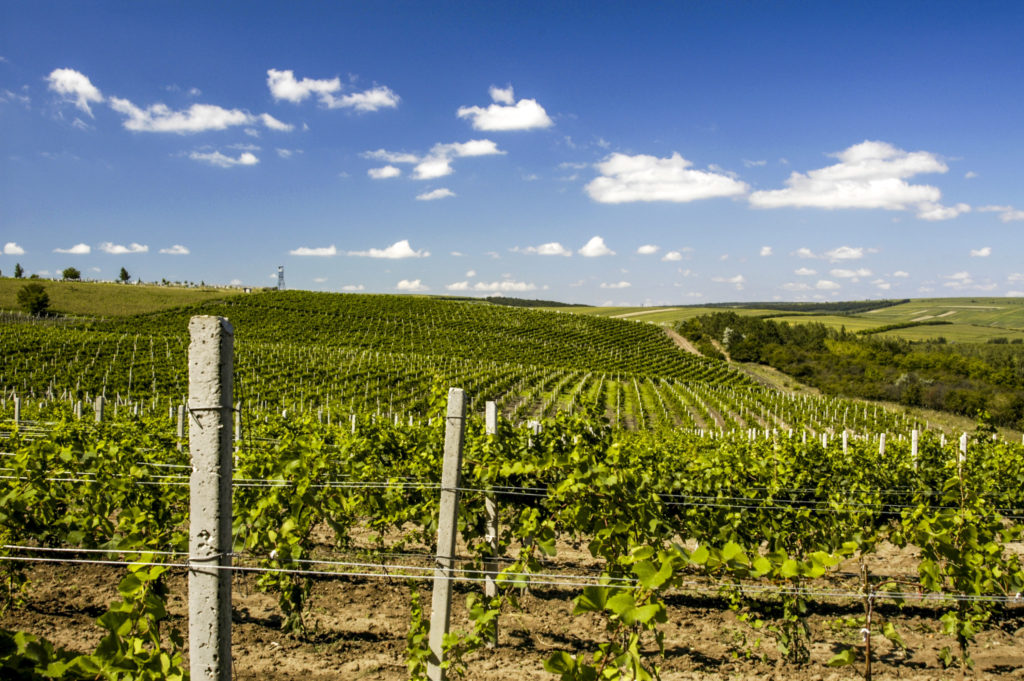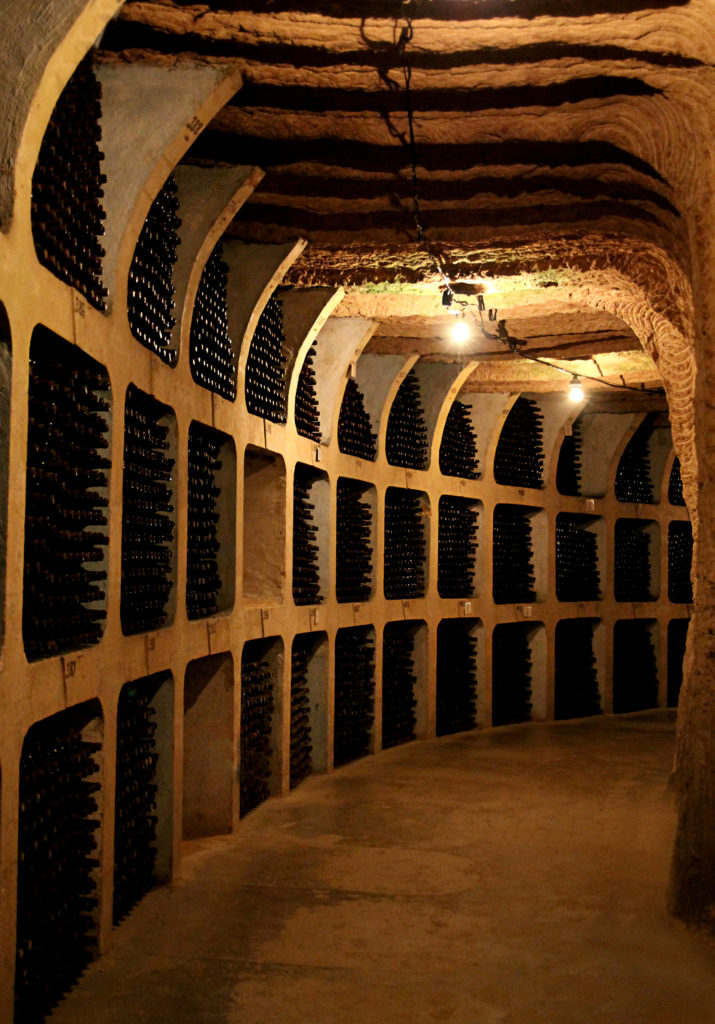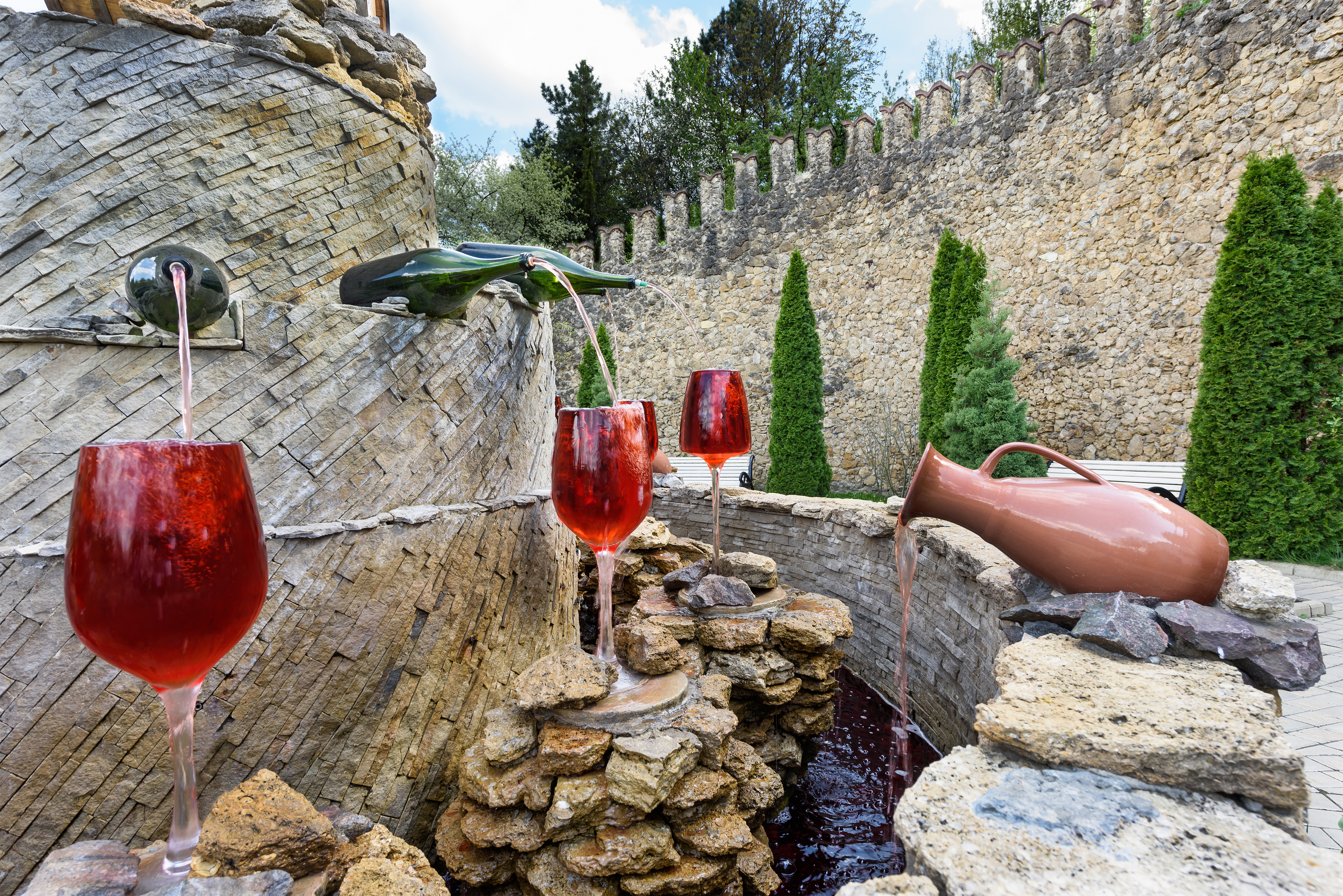So now our theme emerges in the Off The Beaten Path series. Coat tailing. Picking up from our previous article on Tunisia and people we reached out to not knowing where it was on the map, our next wine producing country is much the same.
Somewhat sandwiched, but more surrounded by Romania and Ukraine is the small country of Moldova, known as “The Grape Country” as it is shaped like a bunch of grapes.

The roots of winemaking run deep in Moldova with around 25% of the country’s population working in some facet of wine production. Winemaking is so vast that certain Moldovan families have their own family blends and strains of grapes that have generationally been passed down. The majority of the country’s commercial production is deemed for export to eastern European countries and Russia, with a small portion landing in the US.
History plays a huge part in winemaking in Moldova as well. Evidence of cultivated grapes goes back to 2800 BC, and winemaking began some 4000 years ago or more.

There are 3 growing regions in Moldova with protected geographic identification:
- Codru is the large central region that mainly produces white wines
- Stefan Voda is the south-eastern zone with a focus on red production
- Valul lui Traian is the southwest area also with a focus on red production
While European grapes have moved into Moldova and dominated the current growths for commercial wines (over 70% of Moldova’s plantings are of familiar grapes like Cabernet Sauvignon, Pinot Noir, Chardonnay, and Sauvignon Blanc, just to name a few), there is still a decent amount of local varieties, generally reserved for family blends. White wines dominate Moldovan wine production at around a 3:1 ratio.

Moldova is home to the Mileștii Mici winery. The photo at the top of this post is from the famous wine fountain on the property. What really makes this winery special is their wine collection, celebrated as the largest wine collection in the world by the Guinness Book of World Records in 2005. The collection is a testament to the love and care with which Moldovans treat their wines. The cellar is carved out of limestone and maintains perfect humidity and temperature for ageing wines, and runs an astounding 250 km, with just under half of the real estate filled with storage.
Off the Beaten Path Series:

